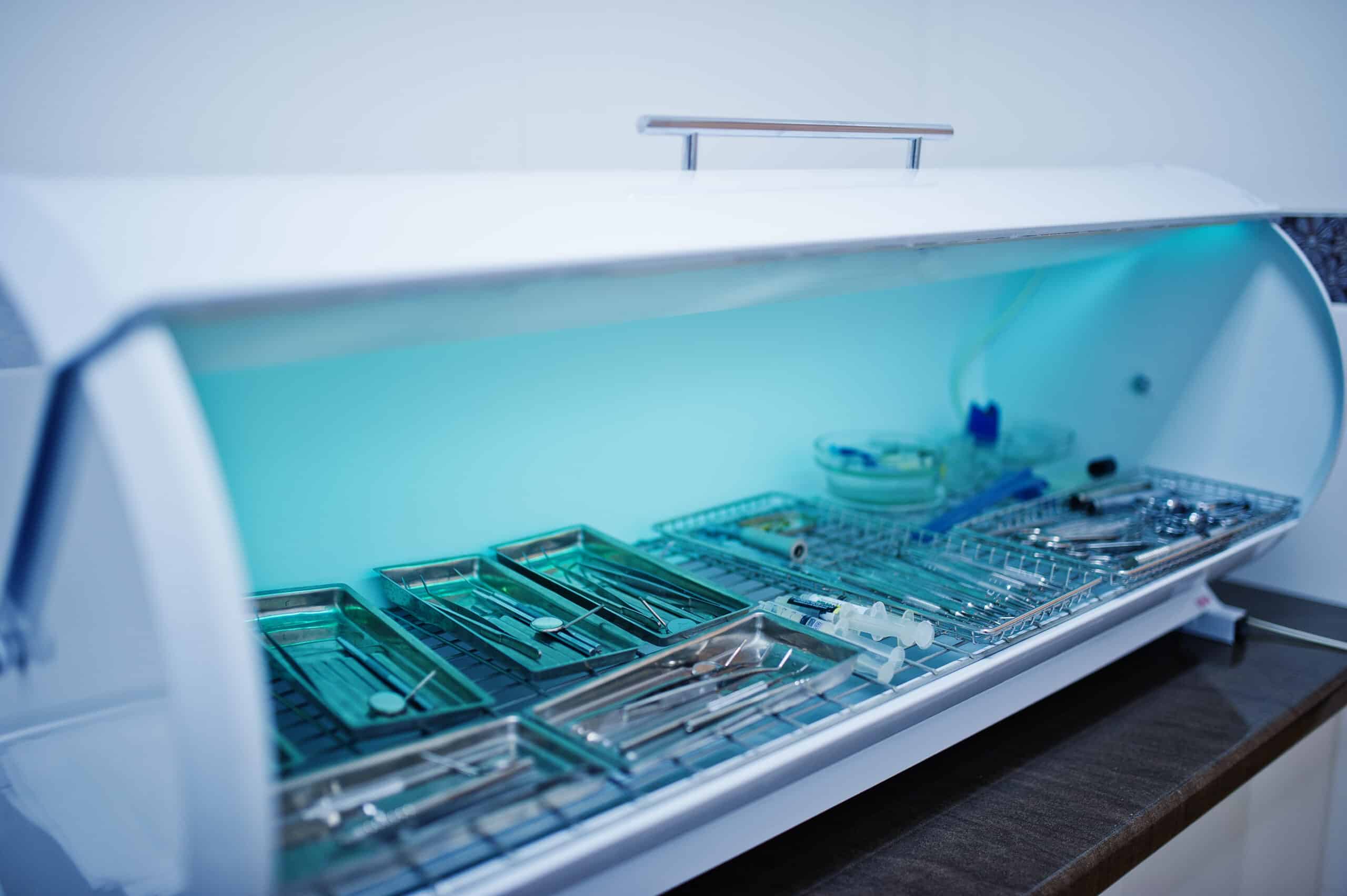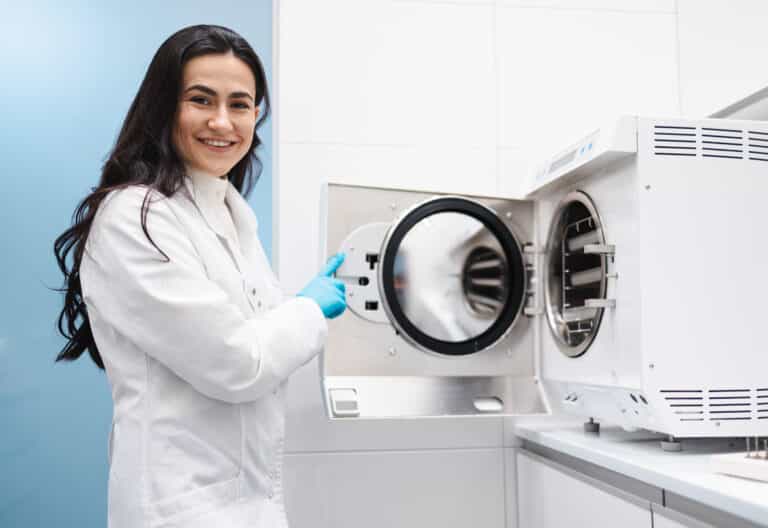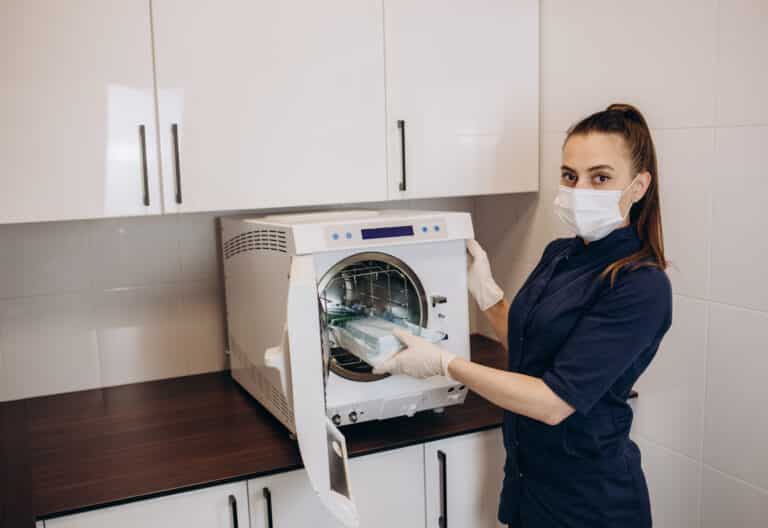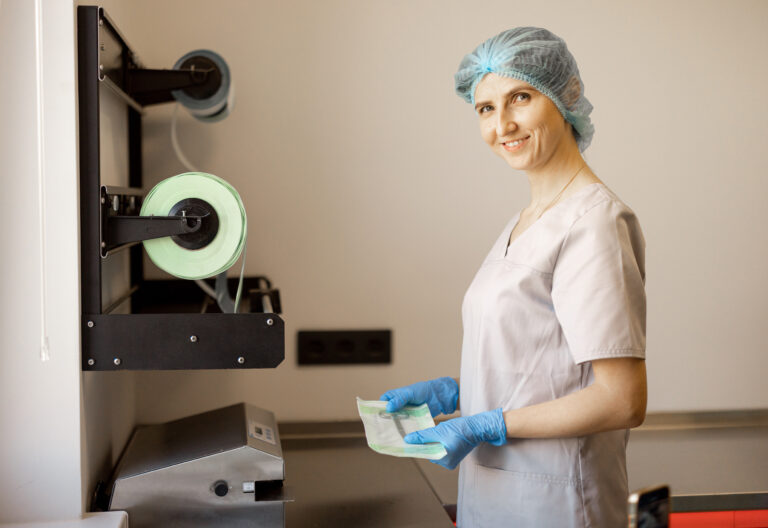Behind every successful surgery is a team of skilled professionals working quietly in the background to make sure every instrument is clean, safe, and ready for use. One of the most vital roles in this process belongs to the sterile processing technician. But what does an average day look like for someone in this essential healthcare position?
In this article, we follow Brandon, a veteran sterile processing tech with over 20 years of experience, as he takes us through his daily routine. From early mornings to the final sterilization checks, this is a real-life glimpse into what it means to keep hospitals running safely and efficiently.
Starting the Day Early
For Brandon, mornings begin long before sunrise — usually around 5:45 a.m. While most of the city is still asleep, he’s already awake and moving. Being an early riser fits perfectly with his morning shift, which he prefers over evenings or nights.
His day begins with a quick workout at the gym. Exercise, he says, helps him clear his mind and get into the right mindset for the demanding work ahead. After the gym, he showers, gets dressed casually, and prepares for work by packing his essentials — his HSPA workbook and earbuds.
Before leaving, Brandon says goodbye to his dog and hopes the house is still intact when he gets home. With his coffee in hand and favorite playlist playing, the short 10-minute commute to the hospital becomes a calm and focused start to his day.
Arriving at the Hospital
Once at the hospital, the first stop is the locker room, where Brandon changes into freshly laundered hospital scrubs. These sterile clothes prevent outside contamination from entering the department — a crucial part of infection control.
He always arrives a bit early, giving himself time to wash, sanitize, and mentally prepare before the morning huddle. This daily team meeting ensures that everyone is aligned on priorities, tasks, and any special cases for the day.
Each morning, the team reviews assignments. Depending on the day, Brandon might be stationed in decontamination, sterilization, assembly, or storage. Today, his post is in assembly (prep and pack) — one of the busiest and most detail-oriented areas in the department.
Inside the Sterile Processing Department
Sterile processing is often described as the heart of hospital operations. It’s where every surgical instrument passes through multiple critical stages before being used on a patient.
Decontamination: The First Step
When instruments come back from surgery, they first go to the decontamination area. Here, techs clean, flush, and disinfect every tool to remove any trace of organic material.
Brandon explains that this step requires full protective gear and complete focus because it sets the standard for everything that follows. If an instrument isn’t properly cleaned at this stage, the entire sterilization process can fail.
Assembly: Attention to Detail
After decontamination, the instruments move to the assembly area, where Brandon works today. This is where he inspects, assembles, and prepares surgical trays for sterilization.
Each item is carefully checked to ensure it’s spotless and functioning properly. Even something as small as a pair of scissors must open and close smoothly. One damaged or unclean instrument could compromise a surgery, so accuracy and concentration are vital.
Once the instruments pass inspection, Brandon arranges them into trays according to standardized sets. If anything is missing or broken, he replaces or flags it for repair.
He then places disposable filters and chemical indicators inside the trays. These confirm later that the sterilization cycle was successful. The trays are sealed and locked with small orange tabs, signaling to operating room staff that the contents remain uncontaminated.
Some sets are wrapped instead of placed in containers. In those cases, sterilization wrap and special tape are used — the tape changes color once the sterilization process is complete.
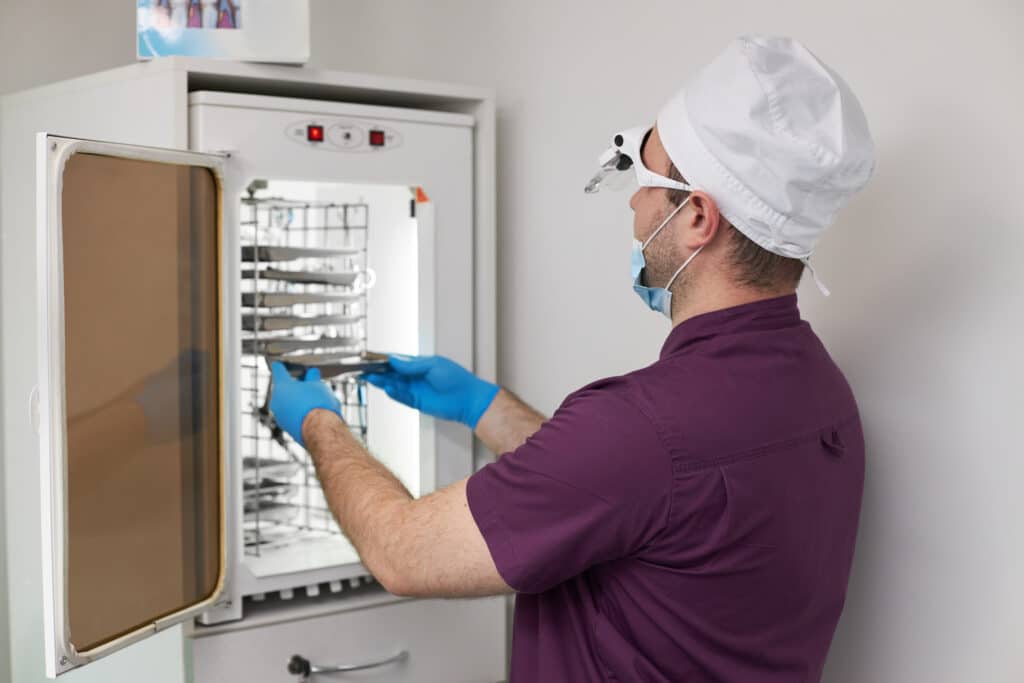
Sterilization: The Main Event
Once all trays are sealed, it’s time for the sterilization cycle. Instruments are loaded into large machines that use steam, pressure, and precise temperature control to eliminate all microorganisms.
Brandon describes it as similar to a giant pressure cooker — but instead of preparing food, it’s ensuring surgical safety.
Each cycle is carefully documented, creating a record of sterilization for every instrument set. These logs are essential for quality assurance and traceability in case of future inspections or incidents.
Break Time: Recharging the Mind
After hours of concentration, the breakroom becomes a welcome retreat. Brandon and his coworkers often grab a quick meal together at a local spot. He believes that stepping away, laughing with colleagues, and decompressing for a bit makes a huge difference in how they handle the rest of the day.
The job can be intense, but moments of camaraderie and humor keep morale high. “You really do get those moments to breathe,” Brandon says. “It’s one of the perks of the job.”
Technology and Precision
As the sterilizer cycles finish, Brandon checks the digital displays to confirm that everything meets hospital safety standards. The department’s advanced technology tracks time, temperature, and pressure — ensuring complete sterilization.
When the trays cool down to a safe temperature, he transfers them to the sterile storage area. Each tray has a designated place, organized for quick access by the surgical team.
Brandon also restocks supplies like sterile pouches and timeout bags, making sure the next shift has everything ready. Specialized equipment, such as orthopedic or loaned instrument sets, requires extra attention and precise placement.
This stage might look like simple organizing, but it’s really about efficiency and safety. Every properly labeled, easy-to-find tray can save critical minutes in surgery.
The Invisible Yet Vital Role
One of the most overlooked facts about sterile processing is that patients never see the people who make their surgeries possible.
Brandon reflects, “We’re behind the scenes, but our work is already in the operating room before the patient even gets there.” Every tray prepared, every instrument sterilized, directly supports a surgical team and a patient who depends on it.
By 4 p.m., his shift ends. He hands over notes to the next team, making sure they know what’s ready and what still needs attention. Then, it’s time to head home — satisfied, proud, and knowing his work contributed to someone’s healing that very day.
More Than Just a Job
For Brandon, sterile processing is more than a paycheck — it’s a career built on purpose.
“I’ve been doing this for over 20 years,” he says. “It’s stable, it’s meaningful, and it’s given me opportunities to grow that I never expected.”
Starting salaries for new sterile techs can reach around $50,000 a year, with experienced or supervisory roles easily exceeding six figures. Beyond the pay, though, Brandon emphasizes the sense of pride that comes from knowing his work supports life-saving procedures every single day.
How to Become a Sterile Processing Technician

One of the best parts about this career is how accessible it is. Unlike many healthcare paths that require years of schooling, sterile processing can be learned quickly — often in just a few months.
With online training programs like Preppy, students can complete coursework in 4 to 6 months. The program is entirely online, accredited, and prepares students for the CRCST national certification exam. Graduates also receive a university-issued certificate and can participate in externships to gain hands-on experience.
For those looking to start a meaningful career in healthcare without the burden of student debt or long education timelines, this pathway is both affordable and practical.
Wrapping Up the Day
After a long but fulfilling shift, Brandon likes to unwind with friends or relax at home. The satisfaction of knowing his work directly supports patient safety makes every early morning worthwhile.
A career in sterile processing may not be glamorous, but it’s indispensable. It offers stability, growth, and the chance to make a real difference — even if that difference happens behind the scenes.
If you’ve ever thought about joining healthcare but didn’t know where to start, sterile processing might just be your perfect fit.
Also read: The $100K Medical Assistant Salary Blueprint
About:
Preppy was founded by higher education expert, Grant Aldrich, who’s work on college affordability and accessibility has been featured in Forbes, Bloomberg Businessweek, Business Insider, American Express, AOL, MSN, Thrive Global, Reader’s Digest, Inside Higher Ed, Evolllution, EducationDive, and nearly 100 radio shows and podcasts.
Time is money. Instead of programs that could take 2 years, Preppy provides you education in a few months through immersive online training.
Healthcare, IT, Business, Trades…Preppy gets you ready for the trending careers in our modern economy.
Our team of higher education and startup veterans have created the best solution so everyone can obtain the emerging careers of today and tomorrow.
We look forward to speaking with you. You may also call 800-729-1317.
Sterile Processing Technician
